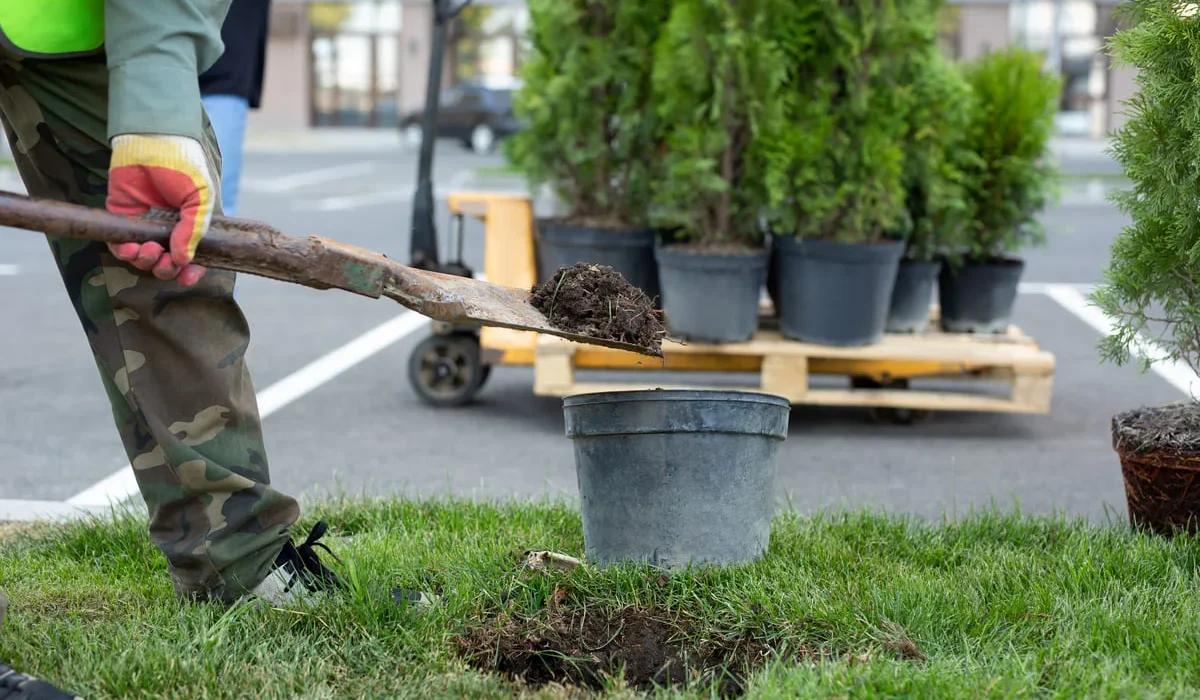Exploring the Diverse Landscaping Styles of North Carolina: A Practical Guide
Introduction to Landscaping Styles in North Carolina
North Carolina boasts a rich tapestry of landscapes that mirror its diverse geography and climate. With the Atlantic Ocean on its eastern coast and the majestic Appalachian Mountains to the west, the state offers a variety of stunning environments for landscapers and garden enthusiasts. Towns such as Mooresville, Huntersville, Cornelius, Davidson, Troutman, Charlotte, Denver, and Sherrills Ford reflect this diversity, showcasing outdoor spaces that combine tradition, modern trends, and local character.
This article explores the historical influences on North Carolina’s landscaping styles, the unique characteristics of various regions, and the key elements that define traditional and modern landscaping practices within the state.

Historical Influence on North Carolina’s Landscaping Styles
The landscaping styles in North Carolina have been shaped by a blend of cultural, environmental, and historical influences.
- Native American traditions focused on sustainable land use, cultivating crops, and managing natural resources.
- European settlers in the 1600s and 1700s introduced ornamental gardens, structured layouts, and formal styles inspired by English and French designs.
- The 19th century Romantic movement emphasized natural beauty, incorporating ponds, winding paths, and selective plantings.
- The Garden Club movement in the 20th century promoted local flora, aesthetics, and community engagement.
Today, communities like Mooresville, Huntersville, and Cornelius often blend these historical influences with modern innovations, creating outdoor spaces that honor tradition while embracing new technologies.
Coastal Landscaping: Charm of the Outer Banks
The Outer Banks and coastal plain of North Carolina are well-known for their sandy soils and salt-tolerant plants.

Key Characteristics:
- Native plants like sea oats and dune grasses stabilize sandy areas.
- Raised garden beds protect against flooding.
- Wildlife-friendly designs attract birds, butterflies, and pollinators.
While this style is more prominent in eastern North Carolina, homeowners in Charlotte, Denver, and Troutman often adopt coastal elements, such as ornamental grasses and shells, to add a relaxed, beach-inspired feel to their landscapes.
Mountain Landscaping: Beauty of the Appalachians
The western region, particularly the Blue Ridge Mountains, offers lush, dramatic landscapes.
Key Characteristics:
- Terraced gardens that prevent erosion.
- Layered plantings that mimic natural ecosystems.
- Use of stones and timber from the site to integrate design with nature.
Communities across Davidson and Sherrills Ford, though not in the mountains, often draw inspiration from this rustic aesthetic, incorporating natural stone pathways, rhododendrons, and azaleas to create landscapes that feel timeless and grounded.
The Splendor of Piedmont Region’s Gardens
The Piedmont, stretching through central North Carolina, is one of the most fertile regions for landscaping.
Key Characteristics:
- Symmetrical formal gardens inspired by European estates.
- Vegetable gardens that blend sustainability with beauty.
- A mix of deciduous trees and flowering plants for seasonal variety.
Cities like Charlotte and nearby towns such as Huntersville and Cornelius showcase the Piedmont style beautifully. From small residential gardens to expansive estates, these areas often combine functionality with elegance, highlighting both native and ornamental plants.
Key Elements of Traditional Southern Landscaping
Southern landscaping styles remain highly influential across North Carolina and its towns.
Core Elements:
- Wide porches and patios for outdoor living.
- Shade trees like oaks and magnolias to cool hot summers.
- Symmetry in plantings for balance.
- Garden focal points such as fountains, statues, or birdbaths.
In places like Mooresville and Davidson, these elements create welcoming, family-friendly yards that reflect the cultural heritage of the South while offering practical comfort
Modern Landscaping Trends in North Carolina
Homeowners in Charlotte, Troutman, Denver, and Sherrills Ford are increasingly embracing modern landscaping techniques that balance beauty and sustainability.
Popular Trends:
- Low-maintenance yards with drought-tolerant plants.
- Permeable paving for driveways and walkways to manage water runoff.
- Edible landscapes that combine fruit trees, herbs, and vegetables with ornamental plants.
- Smart irrigation systems for water efficiency.
These trends not only add value to properties but also reduce environmental impact, aligning with the lifestyle of eco-conscious homeowners across the state.
The Role of Native Plants in North Carolina Landscaping
Native plants are at the heart of sustainable landscaping. They thrive in the local climate, support biodiversity, and require less maintenance.
Benefits of Native Plants:
- Attract pollinators like bees and butterflies.
- Conserve water through natural adaptation.
- Improve soil health and reduce erosion.
- Require minimal care, lowering costs and labor.
Homeowners in Mooresville, Cornelius, and Huntersville often incorporate species like Black-eyed Susans, Eastern Redbuds, and Cardinal Flowers. These plants not only beautify properties but also connect yards to the larger North Carolina ecosystem.
Landscaping in Local Communities
Each town in North Carolina adds its own flavor to landscaping styles:
- Mooresville: Known for family-friendly lawns and outdoor living spaces.
- Huntersville: Blends modern landscaping trends with traditional Southern gardens.
- Cornelius: Features lakefront properties with water-wise landscaping solutions.
- Davidson: Emphasizes community gardens and natural designs.
- Troutman: Offers a mix of suburban yards and larger rural properties with rustic touches.
- Charlotte: A hub of innovation, showcasing everything from rooftop gardens to formal estates.
- Denver: Incorporates modern, low-maintenance designs with strong curb appeal.
- Sherrills Ford: Focuses on lakeside landscapes, combining native plants with functional outdoor living.
Together, these communities illustrate how North Carolina’s landscaping traditions adapt to local lifestyles and environments.
North Carolina’s landscaping styles reflect a balance of history, culture, and innovation. From the coastal gardens of the Outer Banks to the mountain-inspired designs of the Appalachians, the state offers endless inspiration for homeowners and landscapers alike.
In towns such as Mooresville, Huntersville, Cornelius, Davidson, Troutman, Charlotte, Denver, and Sherrills Ford, landscapes are more than just outdoor spaces—they are extensions of community identity, personal expression, and environmental stewardship. By blending traditional Southern elements with modern, sustainable practices, homeowners across North Carolina can create outdoor spaces that are both beautiful and resilient.
Whether you’re seeking a charming Southern Garden in Davidson, a modern eco-friendly yard in Charlotte, or a lakeside retreat in Cornelius or Sherrills Ford, North Carolina’s diverse landscaping styles provide the foundation for transforming any property into a true outdoor paradise.


